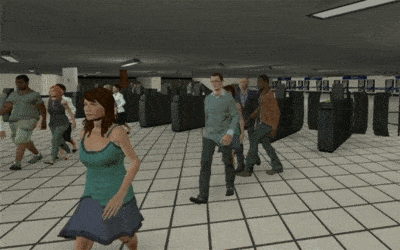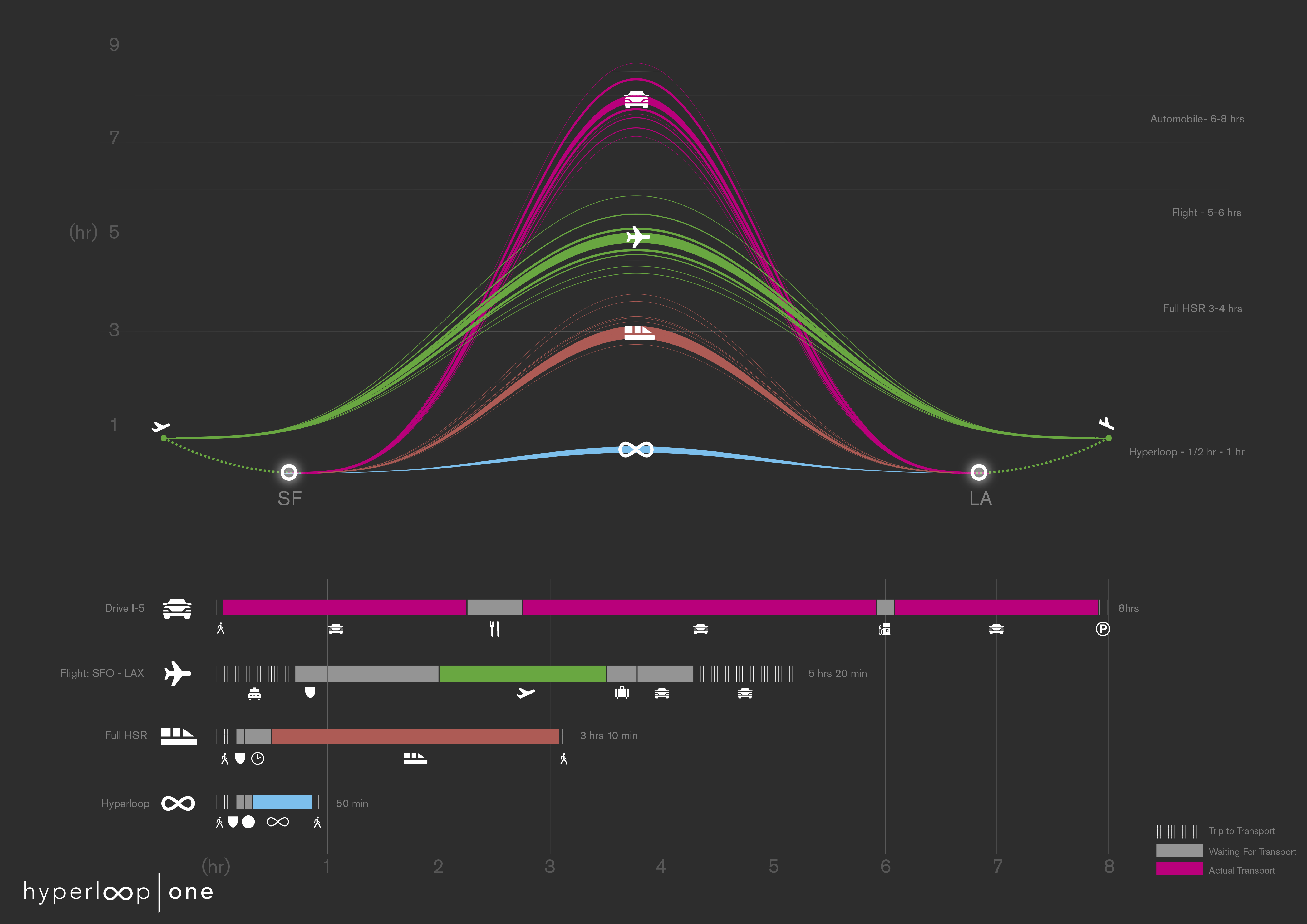Digitizing the Tube

How London Underground is using Digital to transform rail transportation
The Rail industry, valued at 159 B Euro[1], has been lagging behind in terms of technology adoption compared to other transportation industries. Automobile, Aerospace and even Shipping are far ahead. Heavy infrastructure, dating decades and even centuries, has posed a significant challenge. As a result a typical train ride has remained very similar to how it has been years ago. Digital innovation in the last few years has presented opportunities for improvement for rail companies in all aspects of the value chain, both in terms of business model and customer value proposition and in terms of operating model.
A good example of a company capturing those opportunities is the London Underground, or the “Tube”, as it’s better known. The London Underground is one of the oldest public transportation networks in the world with operations dating back to 1863. It stretches across 270 stations, 11 lines, 402 km, and in the past year alone transported 1.34 billion passengers.[2] London Underground is using Digital to improve its business model and value proposition to passengers, offering: improved reliability, connectivity, transparency, accessibility and shorter transportation time from point A to point B.
To deliver on this value proposition London Underground is using Digital to transform its operating model through a number of initiatives:
IoT – Internet of Things
London Underground has contracted Microsoft, Telent and CGI to install sensors on different parts of the rail system, from trains, air conditioning systems to escalators. These sensors collect large amounts of data and serve as a basis for predictive maintenance. Equipment degradation is tracked and faults can be identified and treated ex ante. Consequently, system down time is reduced and costs are cut. Connecting devices also allows for streamlining and automating of manual monitoring processes thus reducing congestion and bottlenecks[3]. For example, The Victoria line Remote Track Circuit Monitoring System tracks degradation of signals and predicts repairs before failures happen. It has achieved 58% reduction in customer hours lost, 70,000 hours recovered and £600,000 of annual savings.[4]
Crowding Indicators
Sensors data combined with WiFi data is used to analyze passengers’ location at different times and is used to provide passengers with information about which areas are crowded and which are not. Customers are then able to better plan their journey with a smoother faster boarding process.[5]
Virtual Reality
London Underground has built a Virtual Reality environment of one of its stations (Victoria station). The VR is populated with Artificial Intelligence passengers and uses data based on real crowed movement and train schedule. Using the VR, London Underground explores how different changes (e.g. to layout structure inside the station) can affect the flow of passengers and transit time. It enables a cheap process to test different operational changes without disturbance to passengers. Another application of VR is an application that simulates driving a train that allows drivers to practice and sharpen their skills. The London Underground estimates that this technology alone will generate savings of £360,000 per year per line.[6]
Tube Map App
The Tube Map App offers passengers a new level of service with live information on line status and departures, journey planner, network map and essential journey information – all together improving customer experience.[7]
Remote payments system
Instead of using the iconic Oyster Card passengers are now able to pay with either contactless credit cards using NFC (near field communication) techonology, or even with their mobile phone applications such as Apple Pay or Android Pay. This technology not only makes it easier for passengers to pay but also reduces waiting time and congestion by removing the entrance bottleneck.
Wayfindr
One of London Underground’s most innovative initiatives is Wayfindr, which is also backed by Google. Using Bluetooth Low Energy (BLE) beacons Wayfindr helps vision impaired passengers find their way by communicating with a mobile app, which provides audio instructions. This project has been piloted and is currently investigated for further scale up.
Next steps?
It seems London Underground is well in its path to leverage digital technology to improve both the value proposition to customers and the operating model that enables it. My concern would be with dealing with revolutionary new disruptive business models in the Rail industry. One such example is Hyperloop. First envisioned by Elon Musk, Hyperloop technology offers a new way of transporting passengers and goods through pods and tubes. Hyperloop can revolutionize transportation by offering significantly(!) shorter travel time. Costs are currently the biggest barrier for adopting Hyperloop technology but that barrier might not hold for long. London Underground should consider experimenting with such technology in its preparation for the future.
(Word Count: 759)
References
[1] Source: UNIFE, The European Rail Industry, “World Rail Market Study – forecast 2016-2021”, http://www.unife.org/component/attachments/?task=download&id=731 ,accessed November 2016.
[2] Transport for London, “Facts & figures”, https://tfl.gov.uk/corporate/about-tfl/what-we-do/london-underground/facts-and-figures , accessed November 2016.
[3] Sooraj Shah, “The Internet of Things can help TfL to solve congestions problems, says CIO Steve Townsend”, Computing.co.uk, February 10, 2016, http://www.computing.co.uk/ctg/news/2446438/the-internet-of-things-can-help-tfl-to-solve-congestion-problems-says-cio-steve-townsend , accessed November 2016.
[4] Transport for London, “Remote track circuit monitoring system”, https://tfl.gov.uk/info-for/business-and-commercial/remote-track-circuit-monitoring-system , accessed November 2016.
[5] Transport for London, “Crowding indicators”, https://tfl.gov.uk/info-for/business-and-commercial/crowding-indicators , accessed November 2016.
[6] Transport for London, “Virtual reality”, https://tfl.gov.uk/info-for/business-and-commercial/virtual-reality , accessed November 2016.
[7] Source: iTunes, https://itunes.apple.com/gb/app/tube-map-london-underground/id320969612?mt=8 , accessed November 2016.







Sounds like a very passenger friendly development. Cynically, my first reaction to the IoT sensors being purchased to help anticipate maintenance needs was that costs (and eventually fare prices) could increase as the government would no longer be able to delay spending on repairs (which may cause more long term damage/cost, but could save in the short term). The holistic view of providing a better experience and sharing information with passengers (e.g., using the “crowding indicators”) seems like it will only drive ridership up, while still creating a better overall experience.
I wonder how these (or other) technologies are being used to improve security and police monitoring as well?
It is inspiring to know that public service companies are also digitally transforming its operation. But I wonder what’s the cost-benefit analysis on any of these projects. My sense is people are less sensitive to these “smart” features in public transportation as these services such as subway has been an integral of city residents’ daily life. When Tube adopt these “smart” technologies, will they increase costs to absorb the capital expenditures? or will they solely be reliant on the cost-saving from efficiency improvement resulting from digital transformation projects? As you mentioned, these initiatives can be costly. Should tax-payers’ money be spent on these innovations which can potentially benefit the public in the long run? Be curious to know the aggregate economics of these digital projects.
I have taken the tube thousands of times and benefited from many of these innovations but have never really stopped to think about the digitization strategy or performance of the London Underground – thank you for your fascinating analysis! Another interesting innovation to consider would be driverless trains. Some lines have partially automated driving systems, and the Docklands Light Railway tram line is driverless. However there has been extensive debate about the extent to which driverless trains should be adopted by the Tube as a whole. Former London Mayor The Boris Johnson promised in 2012 that there would be driverless Tube trains within 10 years, but shifts in this direction have caused heavy backlash, both from those supporting labor unions and from those with concerns about the safety of a driverless system. Given the progress towards self-driving cars, it seems increasingly likely that self-driving tubes will be the norm of the future.